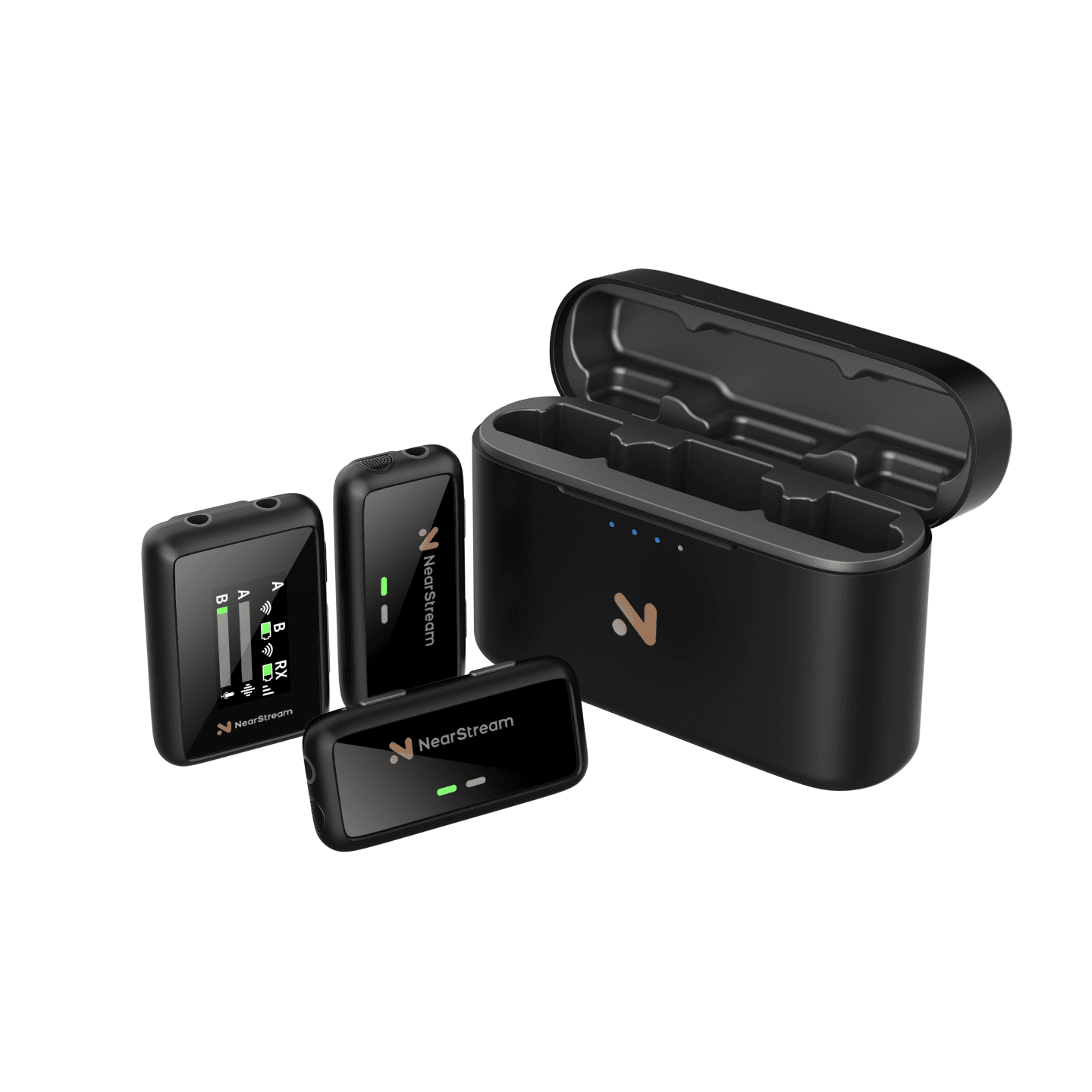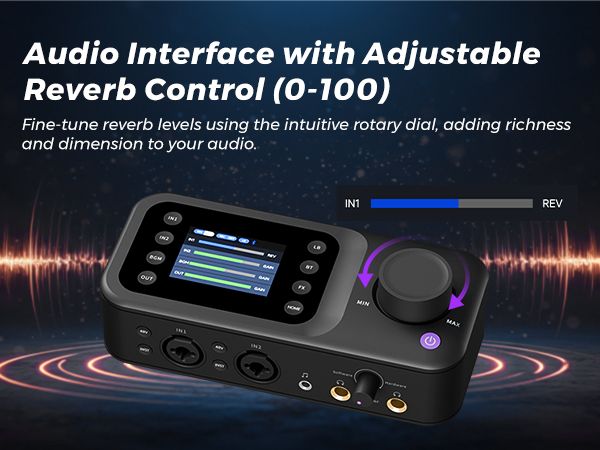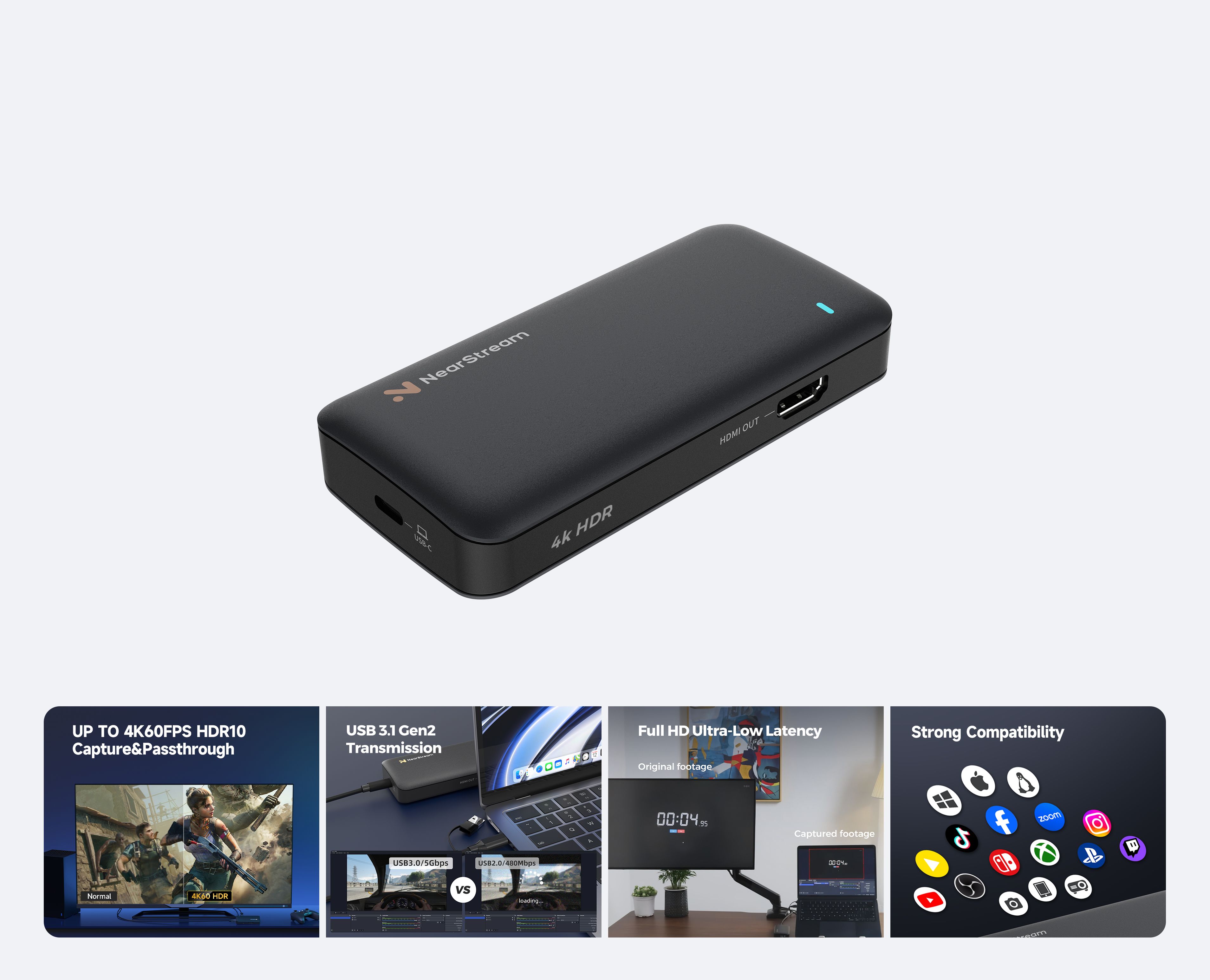In the world of podcasting, first impressions are everything. And in a digital age where listeners are overwhelmed by content options, your podcast intro is not just a formality — it's a strategic hook. Whether someone discovers your podcast through a recommendation, an algorithm, or just scrolling through Spotify or Apple Podcasts, the first few seconds will decide whether they stay or swipe away.
Why Your Podcast Intro Matters More Than You Think
Your intro isn't just the first thing people hear — it sets the mood, frames the context, and builds an emotional connection. If it sounds amateurish, rambly, or unstructured, people may assume the entire podcast will be the same. But a clean, confident, and well-paced intro tells your audience: “You’re in good hands.”
This is particularly important if:
Your podcast competes in a crowded niche (e.g. health, marketing, tech)
You’re trying to attract new listeners who don’t know you yet
You want to build long-term brand recognition
Psychologists call it the “primacy effect” — people tend to remember the first thing they hear more vividly and use it to shape their overall perception. In podcasting, this means: your intro frames their expectations. It tells them what the show is about, why they should care, and what kind of experience they’re about to have.
An effective intro builds:
Trust —— This sounds like it’s worth my time
Curiosity —— I want to know more
Clarity —— I know what I’m getting into
How to Write a Podcast Intro That Hooks Listeners
Your podcast intro isn’t just a greeting — it’s a promise. In less than 30 seconds, it must tell your audience: who you are, what they’re about to hear, and why they should care. If you get it right, you immediately earn their trust and attention. If you get it wrong? They’re one tap away from someone else’s show.
Core Elements of a Powerful Podcast Intro
Your Podcast Name
Reinforce brand recall and recognition.
A Tagline or Hook
What’s your show about? Use one sentence that explains the core value or theme.
( 🌰Example: “This is the show that helps freelancers double their income without burning out.”)
Host Introduction
A friendly, human connection. Avoid long bios — keep it real and casual.
Episode-Specific Preview
Tease what listeners will get in this episode.
Signature Music or Audio Logo
Music helps set the emotional tone and creates branding consistency.

Podcast Script vs Free Flow: Which One Should You Use?
This is a common question for both new and seasoned podcasters: should you write out everything word-for-word, or speak off-the-cuff? The answer depends on your format, audience, and personal style — and often, the best solution is a hybrid of both.
Fully Scripted: When and Why
Suitable for the following situations:
Educational shows, storytelling, or solo content
Hosts who want control over pacing and tone
When accuracy is critical (e.g., true crime, history, medical)
✅ Pros:
Better structure and focus
Fewer filler words or tangents
Easier to edit and transcribe
❌ Cons:
Can sound robotic if read poorly
Less flexibility for improvisation
Free Flow or Bullet-Point Outline: When It Works
Suitable for the following situations:
Conversational formats (interviews, co-host banter)
Lifestyle, opinion, or entertainment content
Hosts with strong improv or storytelling ability
✅ Pros:
Feels natural and human
Encourages authenticity and energy
Easier to riff and respond in real-time
❌ Cons:
Risk of rambling or poor pacing
Harder to stay on topic without prep
The Hybrid Approach = Best of Both Worlds
Many pros use a hybrid workflow: write a structured outline, plus sample intros and outros, but leave the body semi-scripted.
How to Write a Podcast Script (Template + Best Practices)
If you’ve decided to work with a script (even a partial one), the next challenge is writing one that sounds natural and flows well. A podcast script isn’t a research paper — it’s a spoken performance, so it needs rhythm, tone, and room for you to sound like yourself.
Here’s a ready-to-use template you can adapt for your own show. It works well for solo episodes, especially if you’re teaching, storytelling, or walking your audience through a topic. 👇🏻
[Intro Music fades in]
HOST:
Hey, welcome to [Podcast Name], where we [quick premise].
I’m [Host Name], and in today’s episode, we’ll talk about [Topic].
Here’s what you’ll learn...
[Segment 1: Personal story, expert quote, or main concept]
[Segment 2: Supporting info, data, example, or takeaway]
[Segment 3: Wrap-up with tips or conclusion]
Thanks for tuning in! If you enjoyed this, hit follow and share it with a friend.
Talk to you soon!
[Outro Music fades out]
Best Practices for Writing a Podcast Script
Write the way you speak — Use contractions, simple language, and a natural flow
Mark tone and pauses — Use italics or line breaks to remind yourself to slow down or emphasize
Leave space for flexibility — Don’t over-script responses, especially for interviews
Time your segments — Aim for 3–5 minutes per section to keep pace consistent
Practice out loud — This is where you’ll catch awkward phrasing
Choosing the Right Podcast Intro Music
Music isn’t just background noise — it’s a huge part of your podcast’s branding, emotional tone, and recall factor. Think of it as your audio logo. Just like how we associate Netflix with its ta-dum or Intel with its 5-note jingle, your podcast intro music can make your show more memorable.
How to Choose the Right Music
Match the tone of your content
a. Chill lo-fi for wellness or journaling podcasts
b. Upbeat funk for comedy or casual interviews
c. Ambient for storytelling or fiction
Use music to create rhythm
a. Intro fade-in → voiceover → light bed underneath → fade-out
b. This helps structure and pacing
Avoid overly generic or stocky music
a. You don’t want to sound like every other podcast on Spotify
🎵 Where to Find Good Podcast Music (Royalty-Free)
Platform | Description |
|---|---|
Huge library, monthly subscription | |
Great for cinematic tones and intros | |
Pay-per-track with high production quality | |
Free and surprisingly good | |
Also free, solid selection for beginners |
Tools and Equipment That Help You Sound More Professional
High-quality content deserves high-quality sound. While it’s technically possible to record a podcast with your phone, investing in a few key pieces of gear can dramatically improve your audio clarity — and, just as importantly, boost your confidence behind the mic.
Start with the microphone.
This is where most of your audio quality comes from. If you’re looking for clarity and warmth without background noise, something like the NearStream AM25X condenser microphone is a great beginner-to-pro option. It captures voice detail beautifully and is easy to set up via USB. If you need mobility — say, for interviews or recording on the go — a NearStream wireless lavalier microphone is another fantastic, compact solution.


Next, don’t forget monitoring.
Using proper over-ear headphones helps you detect background noise, reverb, or mic issues in real time. Even something as simple as the Audio-Technica M20x can give you clean, flat sound — essential for both live recording and editing. If you’re using an XLR mic or plan to scale your setup, consider a basic audio interface like the NearStream AMIX40U, Focusrite Scarlett Solo or Rode AI-1. These devices improve gain control, reduce latency, and allow higher-quality signal routing between your mic and computer.

Doing a video podcast or livestream?
You’ll also benefit from a USB capture card, like the one from NearStream, which allows you to integrate external cameras or HDMI devices into your stream with ease.
Even on a limited budget, starting with a quality mic and headphones makes a huge difference. From there, you can build out your setup as your podcast grows.

Final Tips: Make Your Intro Memorable and Consistent
Great intros aren’t just well-written — they’re repeatable and recognizable. When your audience hears the first few notes or the rhythm of your opening words, they should immediately know: “This is my show.”
Checklist for a Memorable Podcast Intro:
✅ Same voice, tone, and cadence every episode
✅ Use your podcast name and tagline consistently
✅ Keep it under 30 seconds
✅ Add a musical identity (short and catchy)
✅ Record your intro separately and insert it during editing
Your podcast intro is your audio handshake. When done right, it builds trust, creates rhythm, and sets the stage for everything that follows. Don’t overthink it — just make it clear, human, and consistent.






































































